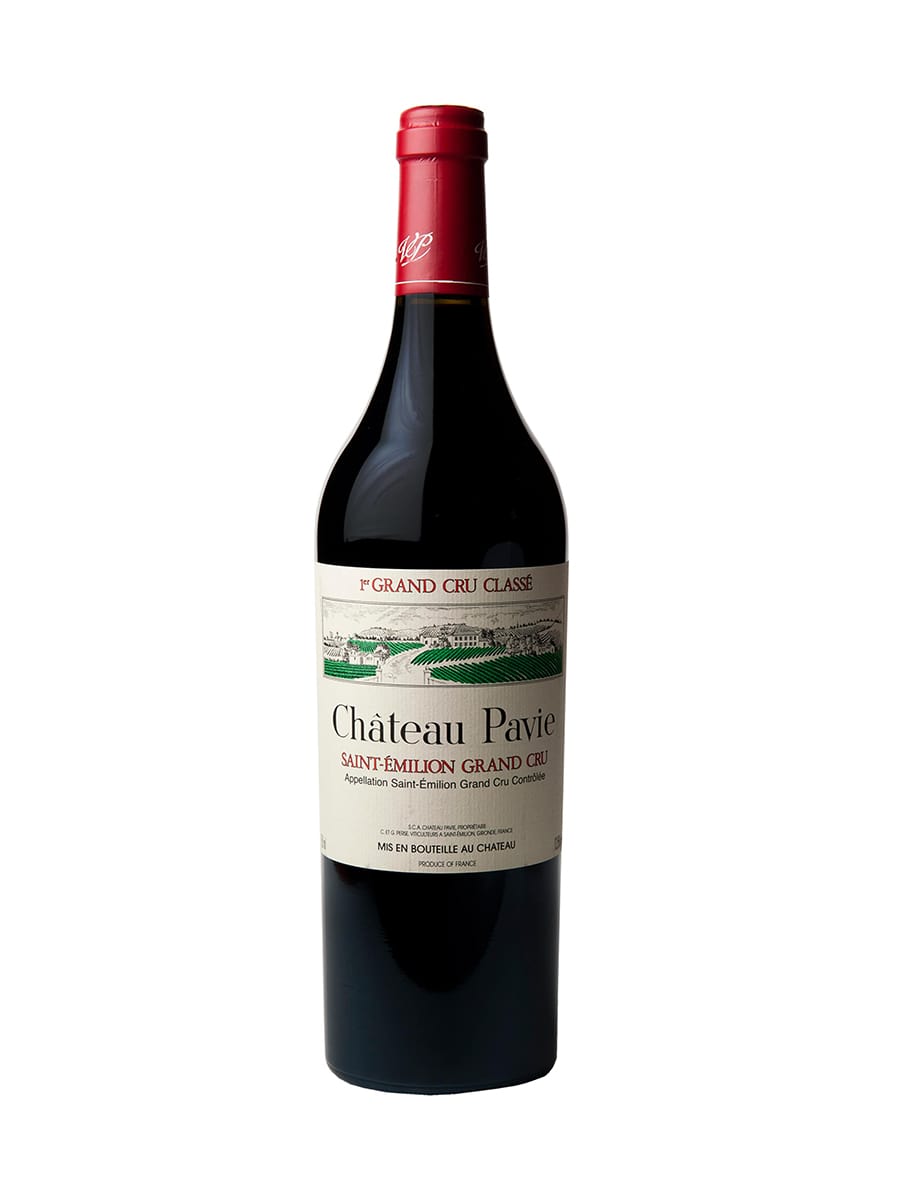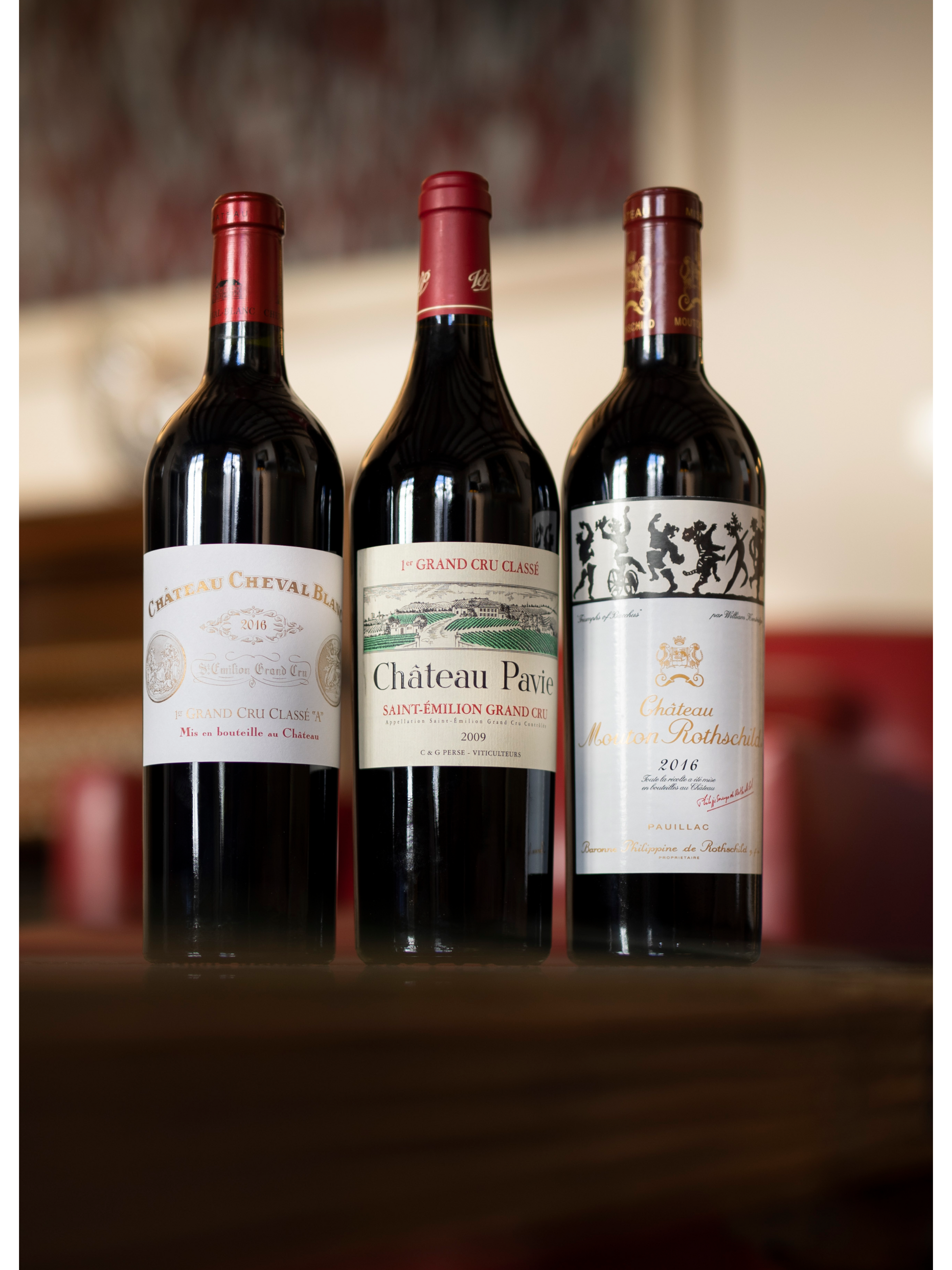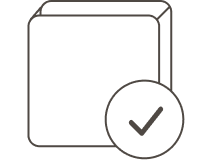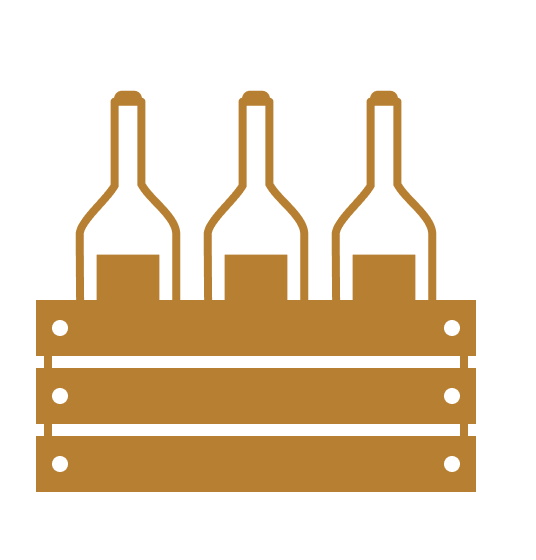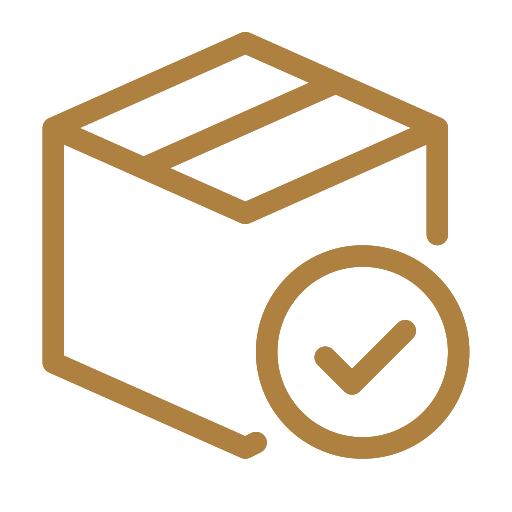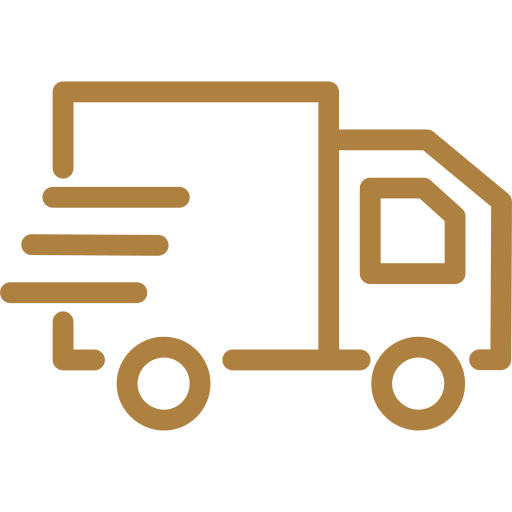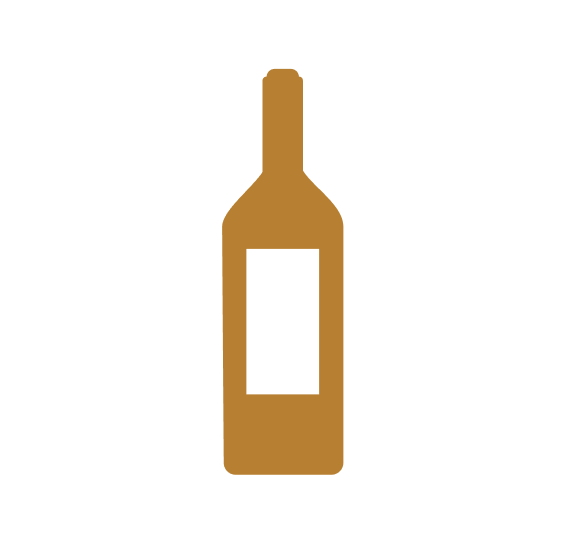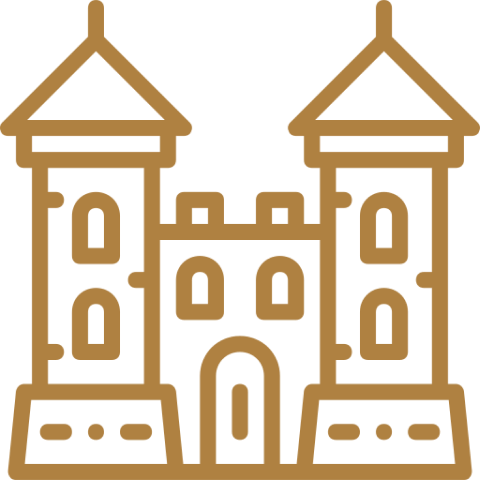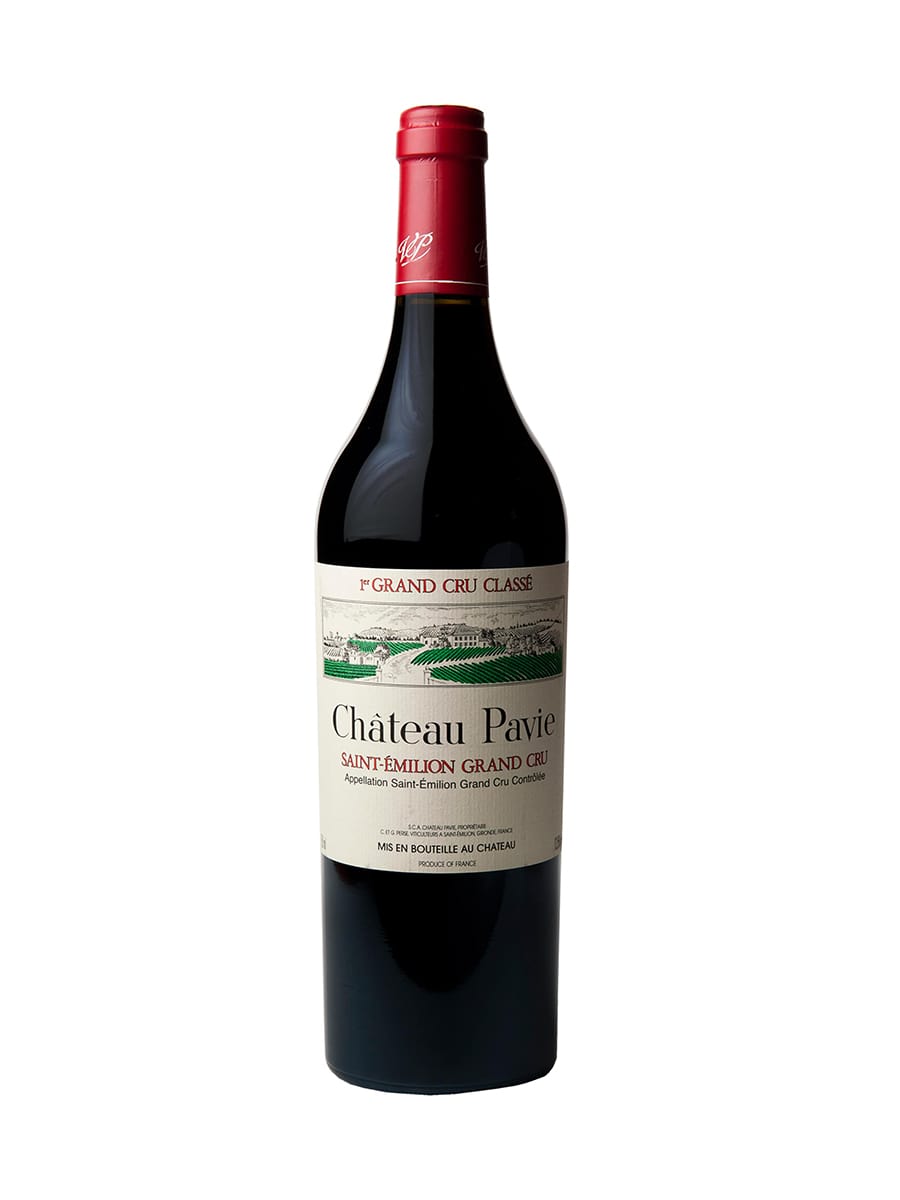
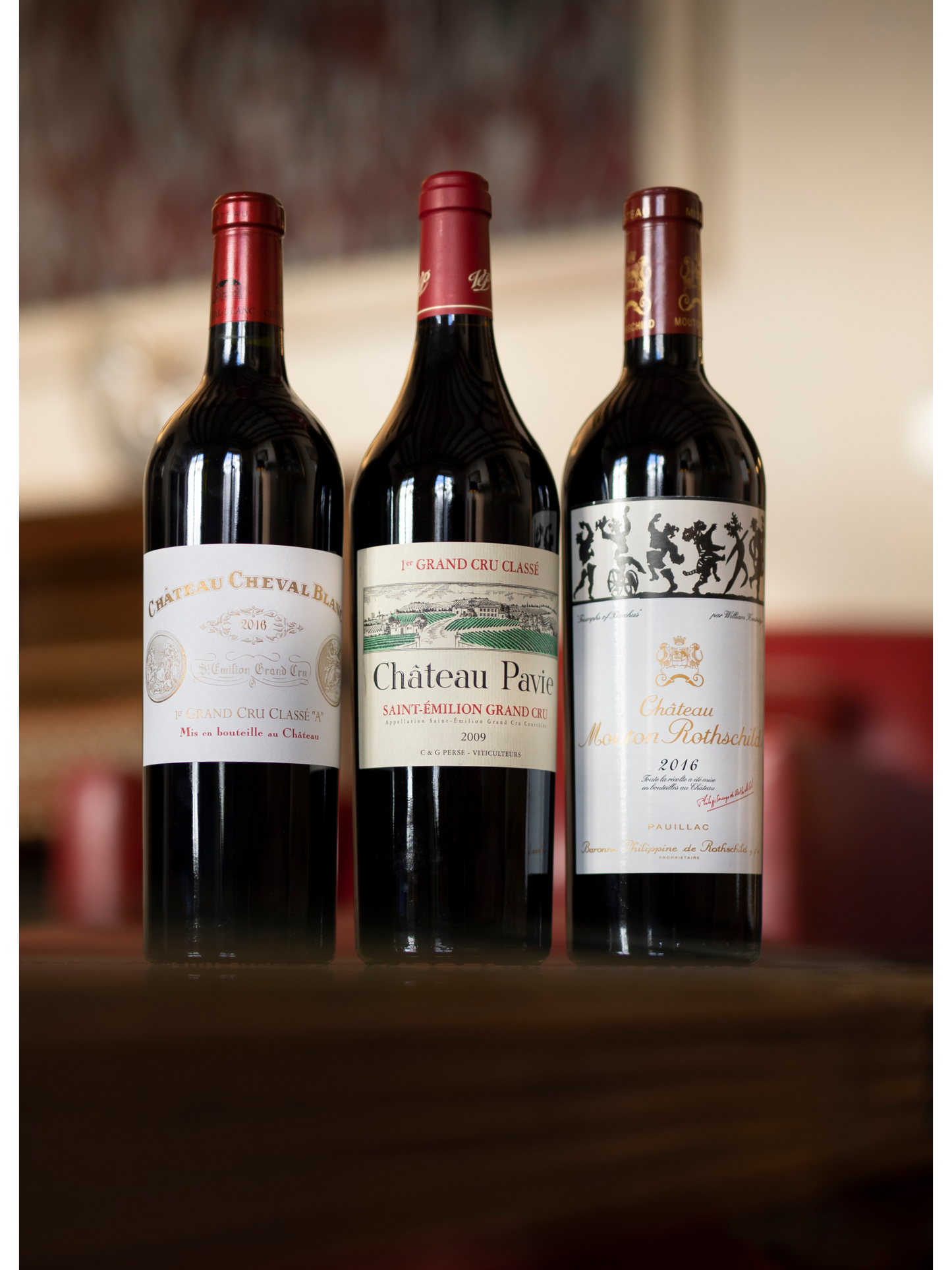
CHATEAU PAVIE, 2009
Détail du vignoble
| AGRICULTURE | Conventional |
| GRAPE VARIETIES | Merlot, cabernet franc, cabernet sauvignon |
| VINEYARD SURFACE AREA | 37 hectares |
| ANNUAL PRODUCTION | 88,000 bottles |
| HARVEST | Manual |
| SOIL | Limestone plateau, clayey hillside, clayey-sandy foot of the hillside |
Histoire et anecdotes
In 1998, Gerard Perse acquired Château Pavie. Major investments began in the Château in order to give its reputation back. Michel Rolland acted as consulting oenologist and the architect Alberto Pinto redesigned the estate. In 2012, the excellence of Château Pavie became well-known thanks to its promotion and “A” classification as Premier Grand Cru in the Saint-Emilion appellation.
Since antiquity, the estate has been well-known for its fruit production, especially the Pavie peaches. The Château was named after them.

Caractéristiques
CHARACTERISTICS
| CLASSIFICATION | 1er Grand cru classé A, Saint-Emilion |
| GRAPE VARIETIES |
70% of merlot, 20% of cabernet franc, 10% of cabernet sauvignon |
| AROMAS |
Raspberry, violet, spices, graphite, cocoa, black fruits, almond, coffee |
| FOOD AND WINE PAIRING |
Young boar with ceps |
| WINEMAKING | Depending on the vintage, wines steep for three weeks in temperature-controlled wood vats. The malolactic fermentation is done in barrels. Wine ageing is done in new barrels from 70 to 100% for 18 to 32 months. |
| BOTTLE SIZE | 75 CL |
CHATEAU PAVIE
CHATEAU PAVIE, 1929
CHATEAU PAVIE, 1948
CHATEAU PAVIE, 1960
CHATEAU PAVIE, 1961
CHATEAU PAVIE, 1964
CHATEAU PAVIE, 1966
CHATEAU PAVIE, 1970
CHATEAU PAVIE, 1971
CHATEAU PAVIE, 1973
CHATEAU PAVIE, 1974
CHATEAU PAVIE, 1975
CHATEAU PAVIE, 1976
CHATEAU PAVIE, 1977
CHATEAU PAVIE, 1978

